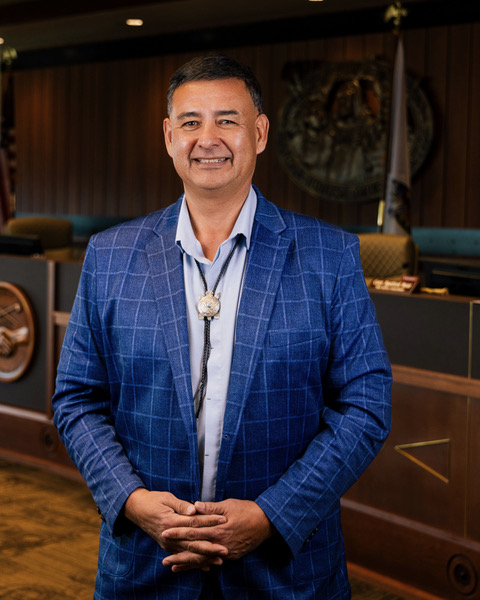Story by: Elijah Benson with Contributions by Larry Zieman Black and white Photo: Elijah Benson All other photos: Stan Charging Stanley Charging, enrolled Member of the Mandan, Hidatsa, Arikara Three Affiliated Tribes, entered his beautiful sculpture pieces at the Cherokee Nations 68th Cherokee Holiday Art Show and Quilt Show. His piece, “Snakes in the Grass”...
Menu



